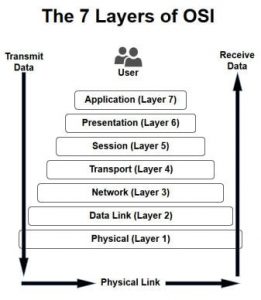HTTP and HTTPS?
HTTP and HTTPS are used to transfer hypertext documents on the world wide web (www).
In simple word, a client (typically a browser) establishes a TCP connection to the server (HTTP or HTTPS), sends a request in the form of an ASCII string and expects a reply. The reply is often also formatted as an ASCII string, although, many other data formats can be returned by the server (for example, images are sent as binary data). If we are using HTTP protocol, it is easier to breach the security as data and information transferring is in plain text. But while using HTTPS protocol, it is tough to breach the security as the data and information sent is in encrypted form
Difference between HTTP and HTTPS
[supsystic-tables id=7]
In above table the term Application layer and Transport layer explained below
The Open System Interconnection (OSI) model defines a networking framework to implement protocols in seven layers. It divides network communication into seven layers. Layers 1-4 are considered the lower layers, and mostly concern themselves with moving data around. Layers 5-7, the upper layers, contain application-level data. Networks operate on one basic principle: “pass it on.” Each layer takes care of a very specific job, and then passes the data onto the next layer. (refer below image)





